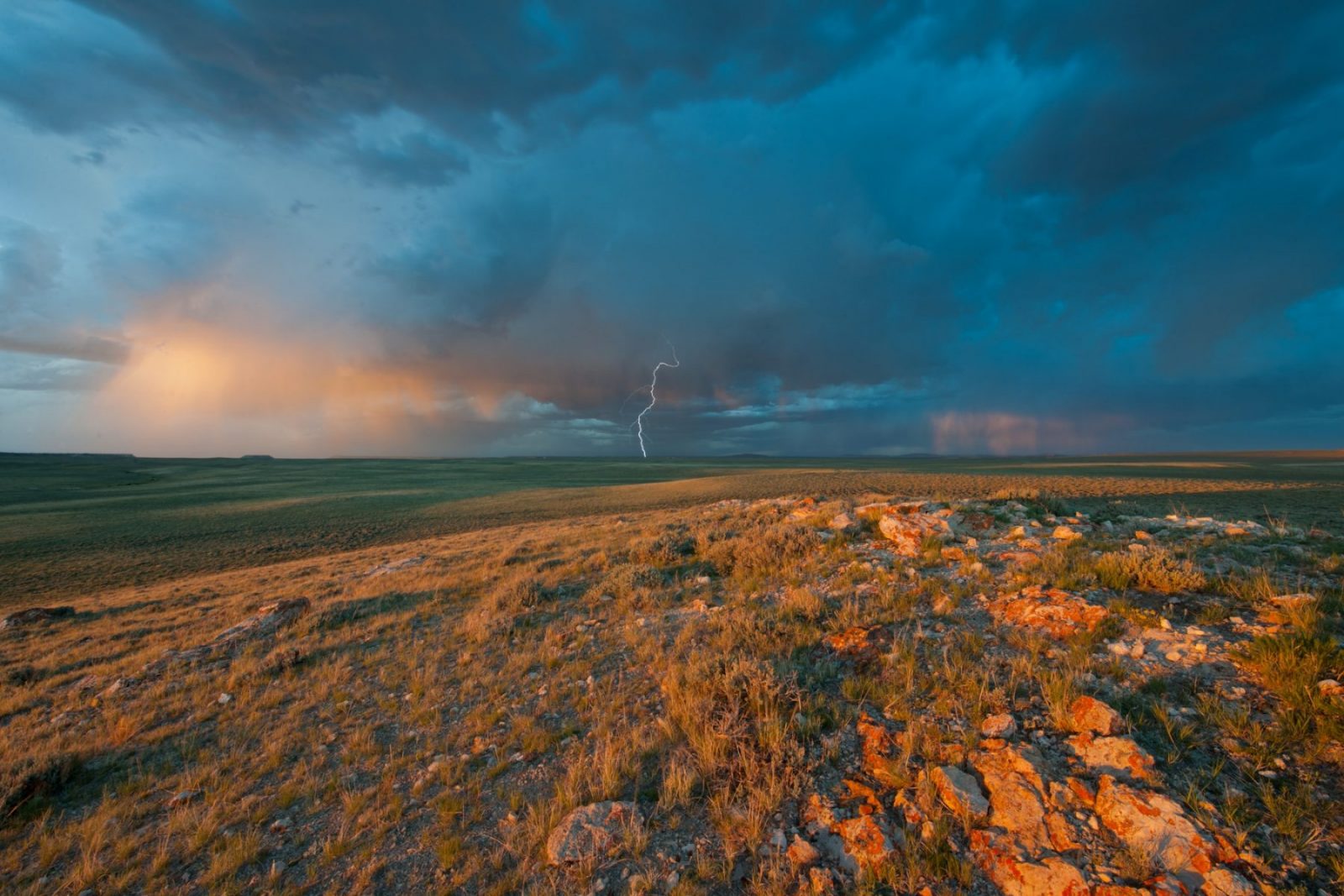
FOR IMMEDIATE RELEASE
June 26, 2014
Media Contacts:
Julia Stuble, Wyoming Outdoor Council, 307-332-7031 x11, julia@wyomingoutdoorcouncil.org
Scott Kane, Lander resident, Owner, Creative Energies, 307-349-4052, scott@CEsolar.com
BLM Issues Balanced Plan for the Wind River Basin
LANDER — The Bureau of Land Management issued its new long-term land-use plan for the Lander Valley and Wind River Basin on June 26 — and the Wyoming Outdoor Council believes it is one of the most balanced plans yet created in Wyoming.
The new land-use plan will guide management of 2.4 million acres of federal surface and 2.8 million acres of federal mineral estate for the next 15 to 20 years.
The plan encompasses the Sweetwater Watershed — which contains some of the last intact sections of the Oregon, Mormon, and California National Historic Trails — as well as the Upper Wind River Valley, which is popular for recreation and is one of nation’s richest wildlife areas.
“This vast expanse of land is home to a varied and complicated mix of important resources, including extraordinary wildlife values, wide open viewsheds, valuable cultural landscapes, wild spaces, and extractable energy resources,” said Julia Stuble with the Wyoming Outdoor Council. “The BLM has worked extraordinarily hard and has collaborated with a broad range of stakeholders to find an appropriate balance between use and protection of these resources.”
There is national attention on this plan because the lands in question are home to significant numbers of Greater sage-grouse, a species that the U.S. Fish and Wildlife Service considers a candidate for Endangered Species Act protections.
“We have to remember that this plan is just one piece of a very large puzzle when it comes to conserving sage-grouse,” Stuble said. “Other field offices in Wyoming—and, perhaps more importantly, other states—will have to step up in strong and creative ways if we are going to avoid an endangered species listing for sage-grouse. There is a lot of work to be done to ensure that, range wide, sage-grouse populations remain viable and healthy.”
Stuble said that in this landscape, many of the important values overlap, and protecting one or more of these values has the effect of protecting others, including sage-grouse.
“We’re lucky in this case, for example, that by preserving the national historic trails corridor, we’re also protecting some of the best sage-grouse habitat in the planning area,” Stuble said. “In other plans and in other states, land managers will almost certainly have to focus more specifically on sage-grouse conservation.”
And it’s important to remember that this is just a framework for management, Stuble said. Its success will only be as good as its implementation.
Scott Kane is the owner of Creative Energies in Lander, a distributed renewable energy firm.
“Outdoor recreation, hunting and the beauty of the landscape are important to the local economy and our quality of life here,” Kane said. “Those are really the big reasons why a lot of us choose to live and work here—and definitely why tourists come to visit. This plan is good because it looks out for those values, which bodes well for the future.”
The plan is a testament to the fact that economic vitality and environmental responsibility can coexist, Kane said.
Notably, this new plan also includes the first application of a “master leasing plan,” this one for the remarkable Beaver Rim area. These landscape-scale analyses—as opposed to the more traditional piecemeal approach—allow for a holistic vision for where leasing is appropriate and where it is not.
“By protecting our public lands and encouraging responsible energy development, we only strengthen local economies,” Kane said.
In addition to the Sweetwater Watershed, decisions in the new plan will affect public lands on the Lander Front of the Wind River Range, lands in the Dubois area, the Bridger Mountains, the Gas Hills, Beaver Rim, and the northern edge of the Great Divide Basin.
The plan outlines the agency’s big-picture approach to managing historic trails, scenic values, wildlife habitats, hunting, tourism, and a variety of outdoor recreation opportunities. It also provides a blueprint for activities such as livestock grazing and minerals development.
Some highlights from the plan include:
- Protection for crucial wildlife habitats and important recreation areas surrounding Dubois—all of the federal oil and gas estate in this area is now unavailable for oil and gas leasing.
- More than 1 million acres across the field office are now protected from surface use for oil and gas development.
- Protection for the Red Canyon and Lander Slope—this landscape is now closed to mineral prospecting and claims, closed to phosphate leasing, and designated as “no surface occupancy” for oil and gas development.
- Industry received a designated development area for streamlined oil and gas development in the Lysite and Moneta area.
- Industrial development is now precluded on the surface of nearly a half million acres of the Sweetwater Watershed to protect the historical setting of the National Historic Trails.
- A master leasing plan for the Beaver Rim area, which protects wildlife habitat while allowing responsible oil and gas development.
- Protections for sage-grouse, crucial winter range, and historical values in the Atlantic City-Hudson area.
- Well-placed rights-of-way for above ground transmission and pipeline corridors that will facilitate enhanced oil recovery projects in other parts of Wyoming.
- Important viewshed protections for the public lands in the Bridger Mountains.
###


